- Antipasti
- Bella Italia
- Dessert
- Drinks
- Favorite Italian recipes
- Main courses
- Pasta
- Pizza
- Side dishes and salad
- Tips & Knowledge
Tipo 00 and tipo 0: All about Italian flour
Tipo 00, tipo 0... Time and again we receive calls and emails from customers who are unsure about the designation of Italian flours. Not all flour is the same... If you really want to understand where the differences lie, get involved and read this article from start to finish. I promise I have explained it very simply, but it is a little longer.
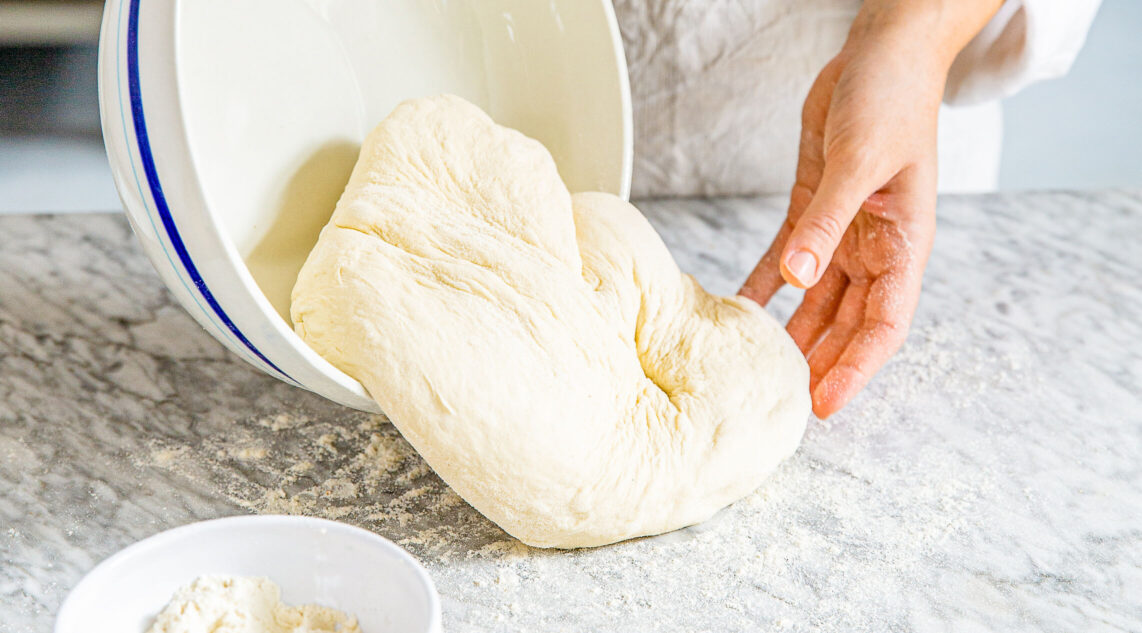
Table of contents
- Type 405, Type 550 - The flour types in Germany
- Tipo 0, Tipo 00 - Mehlytpen in Italy (from soft wheat - Grano Tenero)
- What exactly does gluten do in flour?
- W value and different rising times of the pizza dough:
- How is the W value determined?
- More on the topic
- Why use Italian pizza flour tipo 00 instead of German flour type 405?
- Why are there so many different Tipo 00 flours in Italy?

Type 405, Type 550 – The flour types in Germany
Imagine a grain of corn. Can you see the brown husk? It protects a kernel of starch and protein. To get to this white kernel, the husk has to be removed. This happens in the mill. The more you grind the grain, the more husk is separated from the grain. The less husk is removed, the darker the flour AND the more minerals it contains. Logical, because such flour still contains a lot of the brown husk.
In Germany, the type indicates how many minerals are contained in the flour. There is a DIN standard to ensure that this is the same everywhere.
How is the mineral content measured?
In the laboratory, 100 g of flour is always burned at 900 °C. What remains is ash. The ash consists of the minerals in the flour. The ash is now weighed. If approx. 405 mg of mineral ash per 100 g of flour remains, the flour is given the type 405. If approx. 550 mg of mineral ash per 100 g of flour remains, the flour is given the type 550 and so on.
Tipo 0, Tipo 00 – Mehlytpen in Italy (from soft wheat – Grano Tenero)
In Italy, too, the tipo indicates how many minerals the flour contains. However, the units are not identical to those of the German DIN and they only apply to flour made from soft wheat! Flour made from soft wheat is called farina in Italy. There are the classes tipo 00, tipo 0, tipo 1 and tipo 2.
Rule of thumb: the higher the Italian type number, the higher the mineral content and the darker the flour. Tipo 00 is usually used for pasta, pizza and pastries, while tipo 00 or 0 is used for Italian bread products.
Semola is a special case. There is a separate article on this.

Comparison between German and Italian soft wheat flour
| Italian flour type (tipo) | Maximum mineral content | Minimal protein content | corresponds (approximately) to German type |
|---|---|---|---|
| tipo 00 | 0,55% | 9 % | 405 |
| tipo 0 | 0,65% | 11 % | 550 |
| tipo 1 | 0,80% | 12 % | 812 |
| tipo 2 | 0,95% | 12 % | 1050 |
| Wholemeal flour | 1,70% | 12 % | 1600 |

What exactly does gluten do in flour?
Wheat flour consists of two elements: starch and protein. The protein content is between 9-15%.
The two main proteins are called glutenin and gliadin. When they come into contact with water, glutenin and gliadin combine to form the protein gluten, also known as gluten protein.
Think of gluten as a fine net. When you prepare a dough, this net holds the water and the gases that are produced during fermentation in the dough. They cannot escape. However, the dough rises really well.
Depending on how much protein a grain has in it, the more or less gluten will develop from the flour and the more or less well your dough will rise.
W-value: Baking starch or how much gluten is in the flour?
In addition to the type, i.e. the mineral content, there are other distinguishing criteria for flour. One of these is the so-called baking strength, which is measured in the unit W-value.
This W value indicates the extent to which a dough can rise without collapsing.
A high W value indicates a high gluten content. Flour with a high W value can absorb a lot of water. Its dough will rise relatively slowly and develop a robust, firm gluten structure.
A low W value indicates a low gluten value. Flour with a low W value can absorb relatively little water. Its dough will rise relatively quickly. The gluten structure will be less pronounced.
- up to W 170 – low baking strength – absorbs 50% of its weight in water: cookies, waffles and for thickening sauces
- From W 180 – medium baking strength – absorbs 65-70% of its weight in water: baguettes, bread rolls, pizza and egg pasta
- From W 280 – high baking strength – absorbs 65-70% of its weight in water: bread, pizza, egg pasta, brioche
- From W 350 – very high baking strength – absorbs 90% of its weight in water: panettone, addition to other flours to increase their W value
W value and different rising times of the pizza dough:

If you want to bake a pizza in a hurry, use a flour with a lower gluten content and W-value, as this speeds up the yeast fermentation process. An example of this is Caputo Classica Blu flour with a W value of 200-230. The dough is ready after just 2 hours.
If you want to bake a pizza according to all the rules of the Italian art, use a flour with a medium to high gluten content and W value. This allows it to rise better and produces a more elastic dough. Yeast fermentation takes longer.
An example flour is Caputo Cuoco Chef with a W value of 300-320, the original flour used by Neapolitan pizza bakers.
How is the W value determined?
To determine the value, 250 g of flour is kneaded with a little salt water for eight minutes and five balls of dough are formed. These rest for 15 minutes at 25°C and are then inflated like chewing gum. The larger the circumference of the dough bubble before it bursts, the greater the stability of the dough. As already mentioned, this goes hand in hand with a higher gluten content.

More on the topic

Why use Italian pizza flour tipo 00 instead of German flour type 405?
German flour manufacturers produce type 405 soft wheat flour with W values of around 150, but really good pizza is only available from a W value of 230-240.
Why are there so many different Tipo 00 flours in Italy?
If a manufacturer offers different soft wheat flours Tipo 00, these differ in their W value.
Unfortunately, grinders rarely print the exact W value on the packaging. However, you can sometimes find it on the manufacturer’s website.
Indirectly, however, the manufacturers already indicate the W value. They tell consumers the intended use of the flour. So flour for pizza, for bread, for panettone…. This is much more consumer-friendly, because who knows from the FF which W value is good for what…

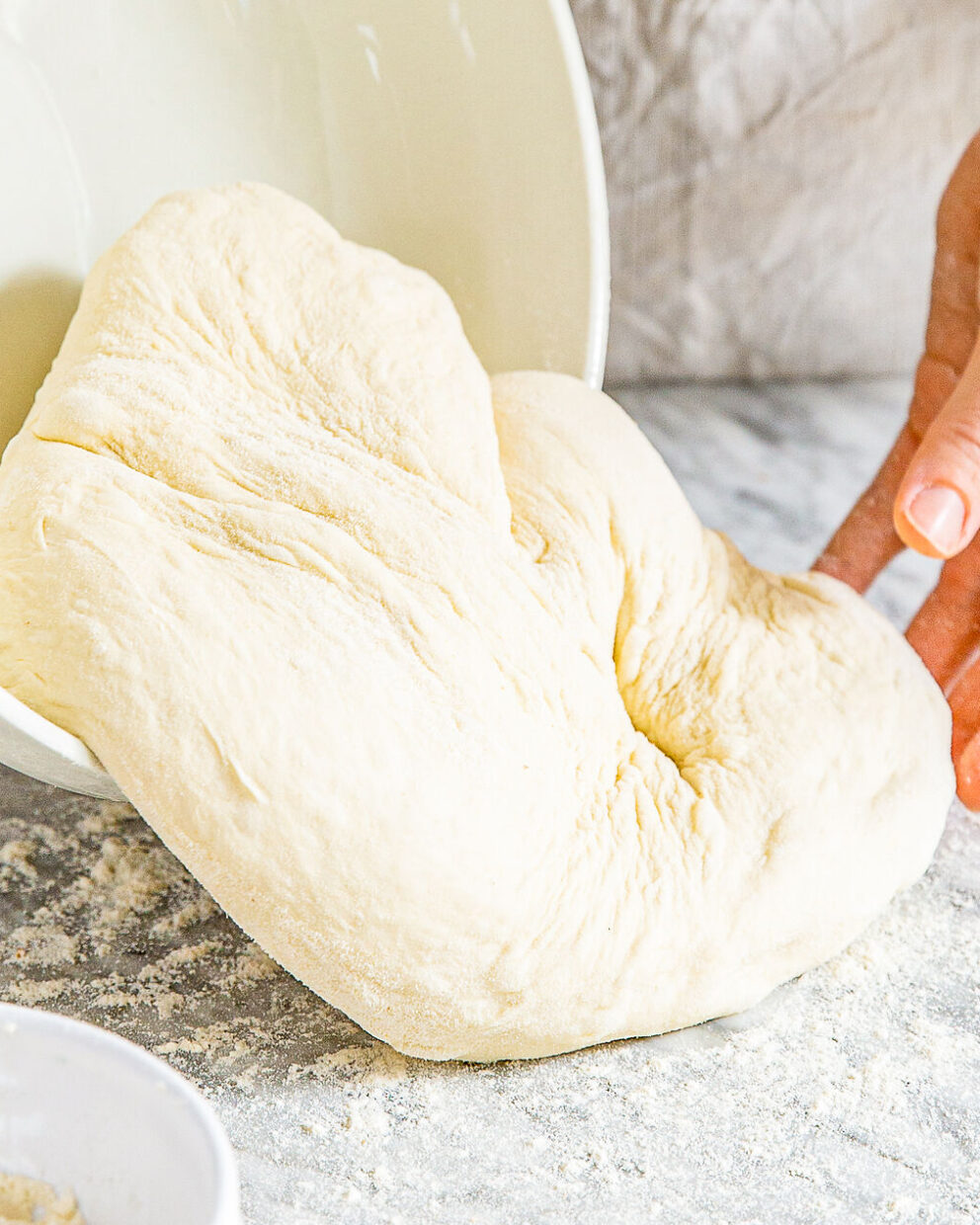
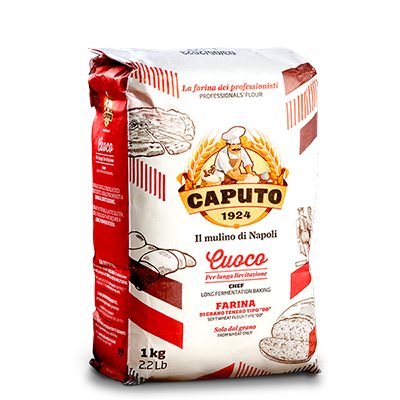

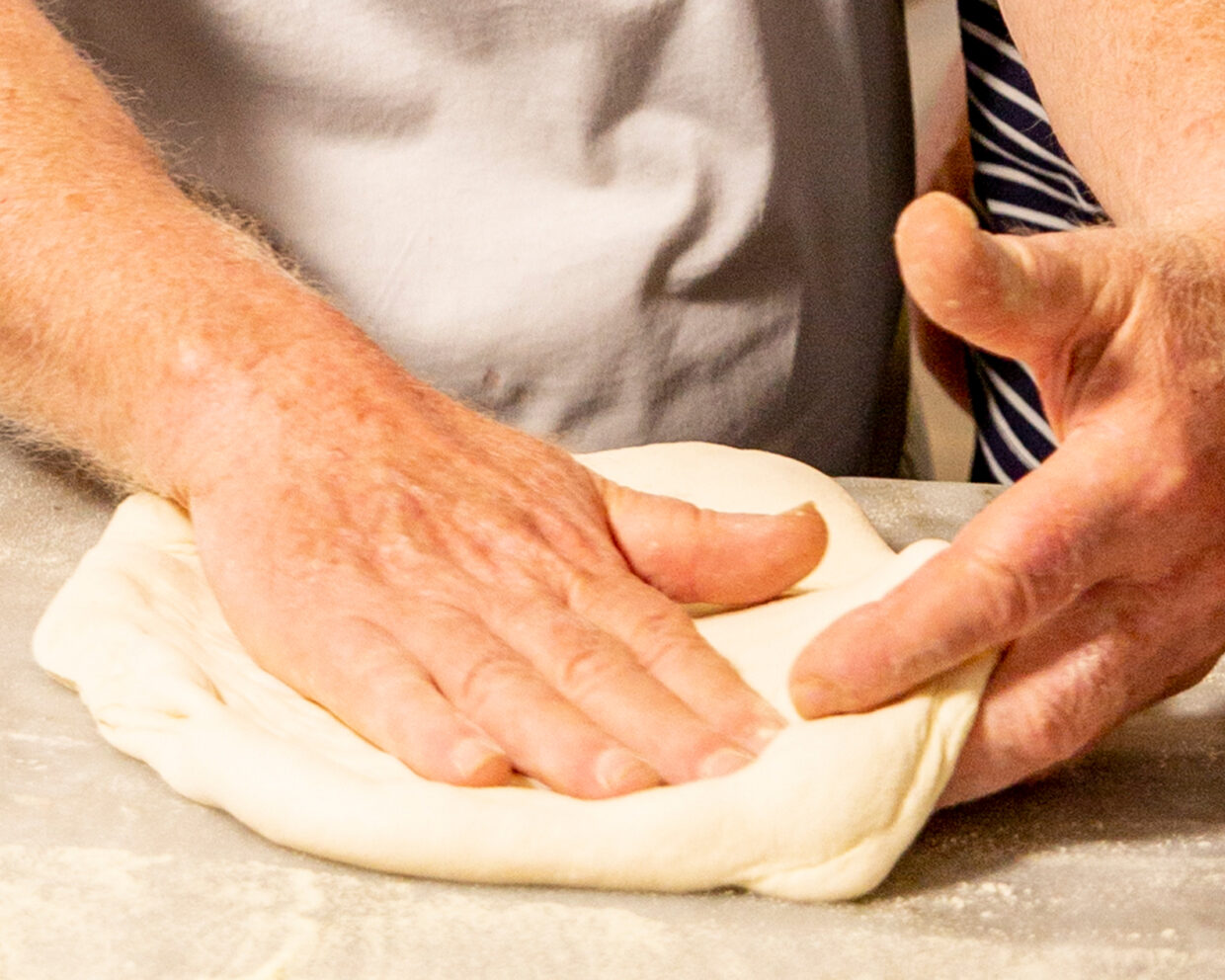
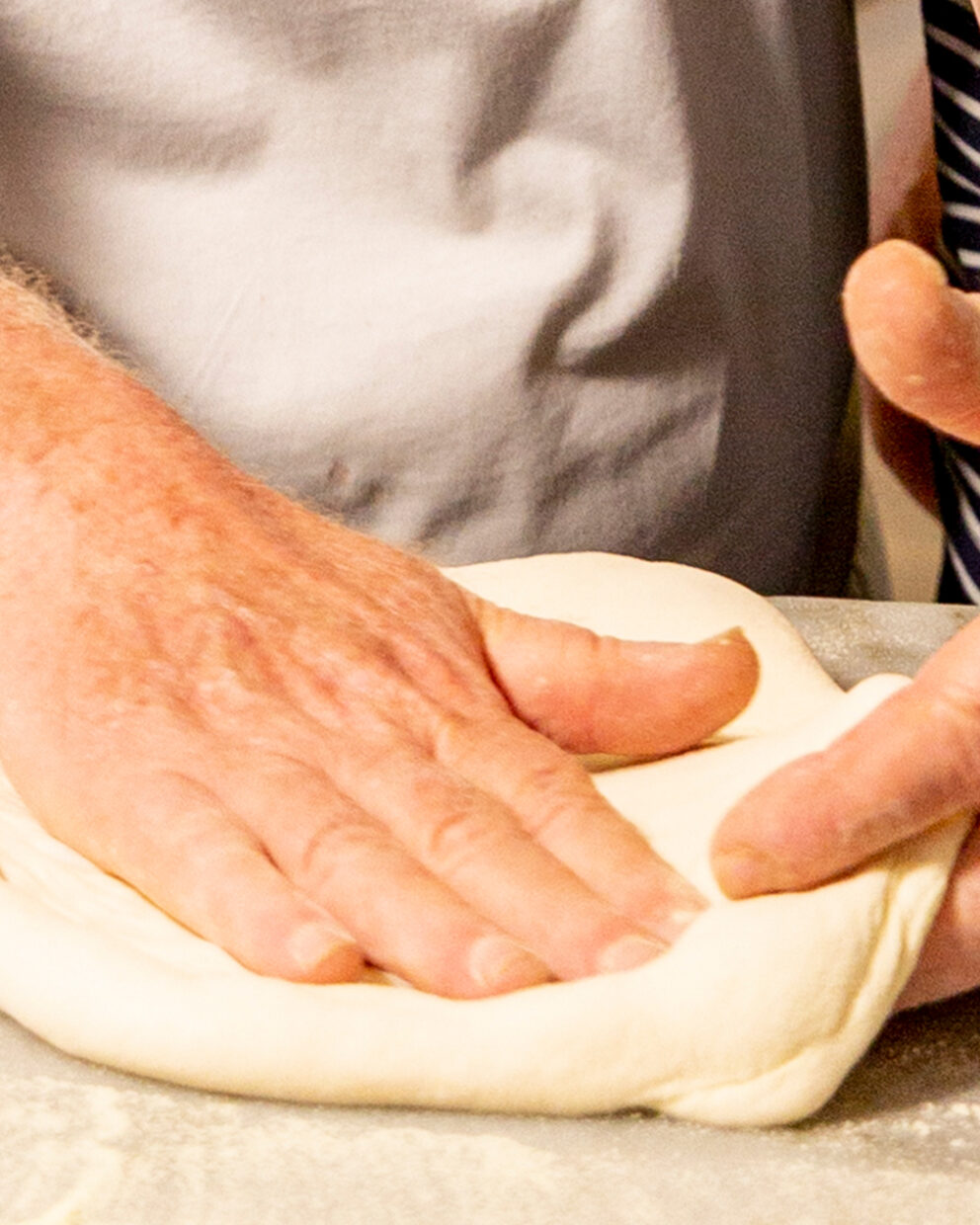
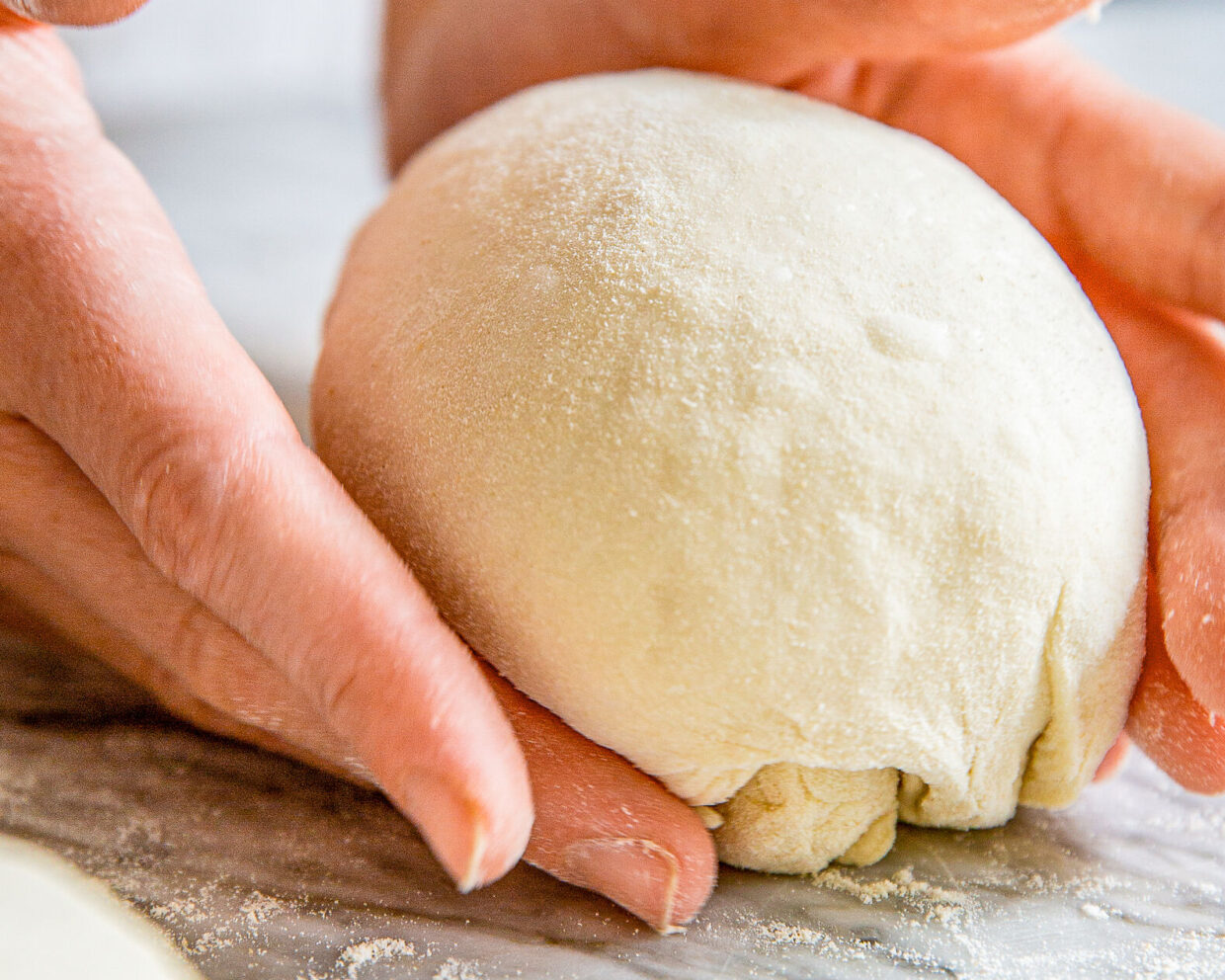
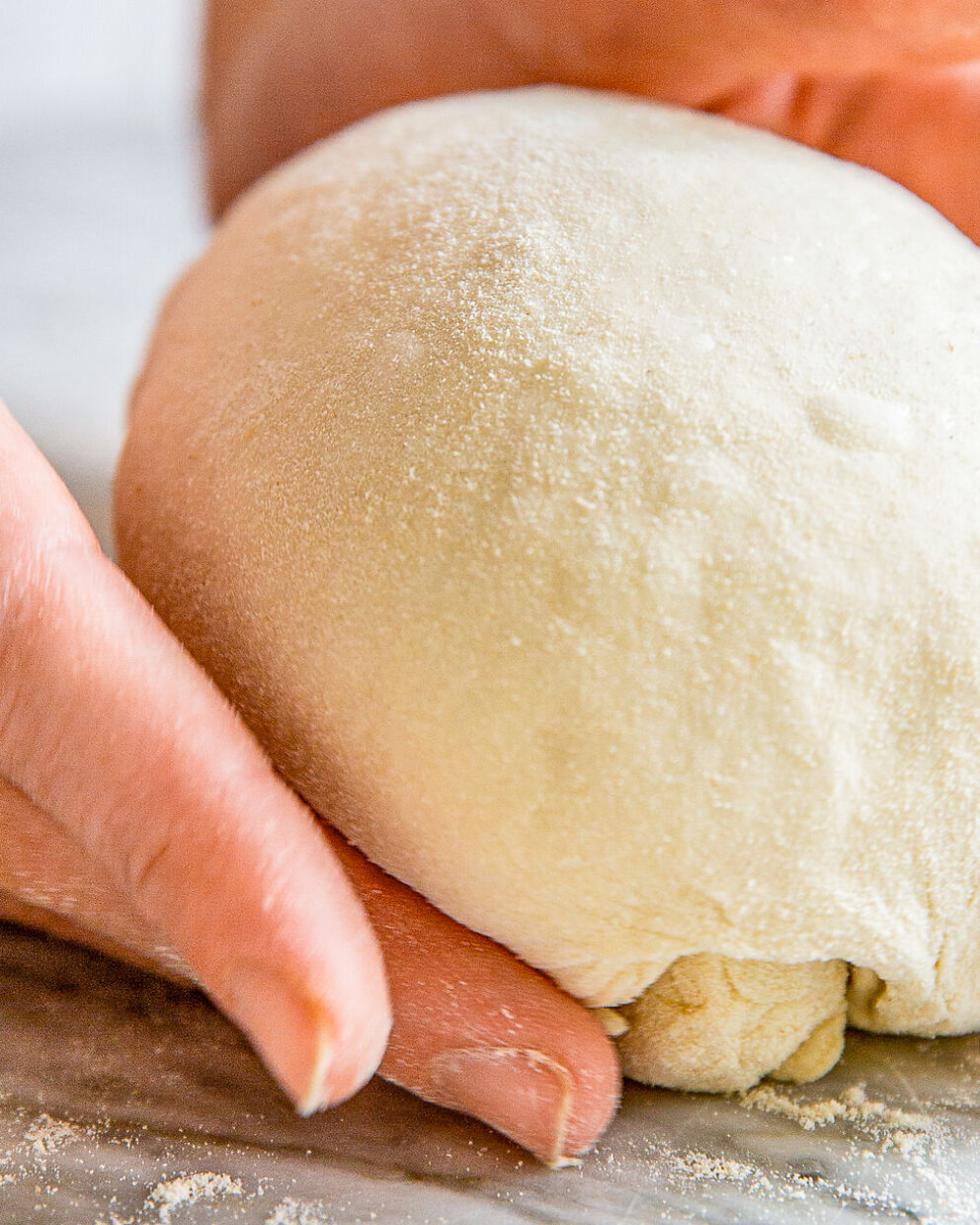
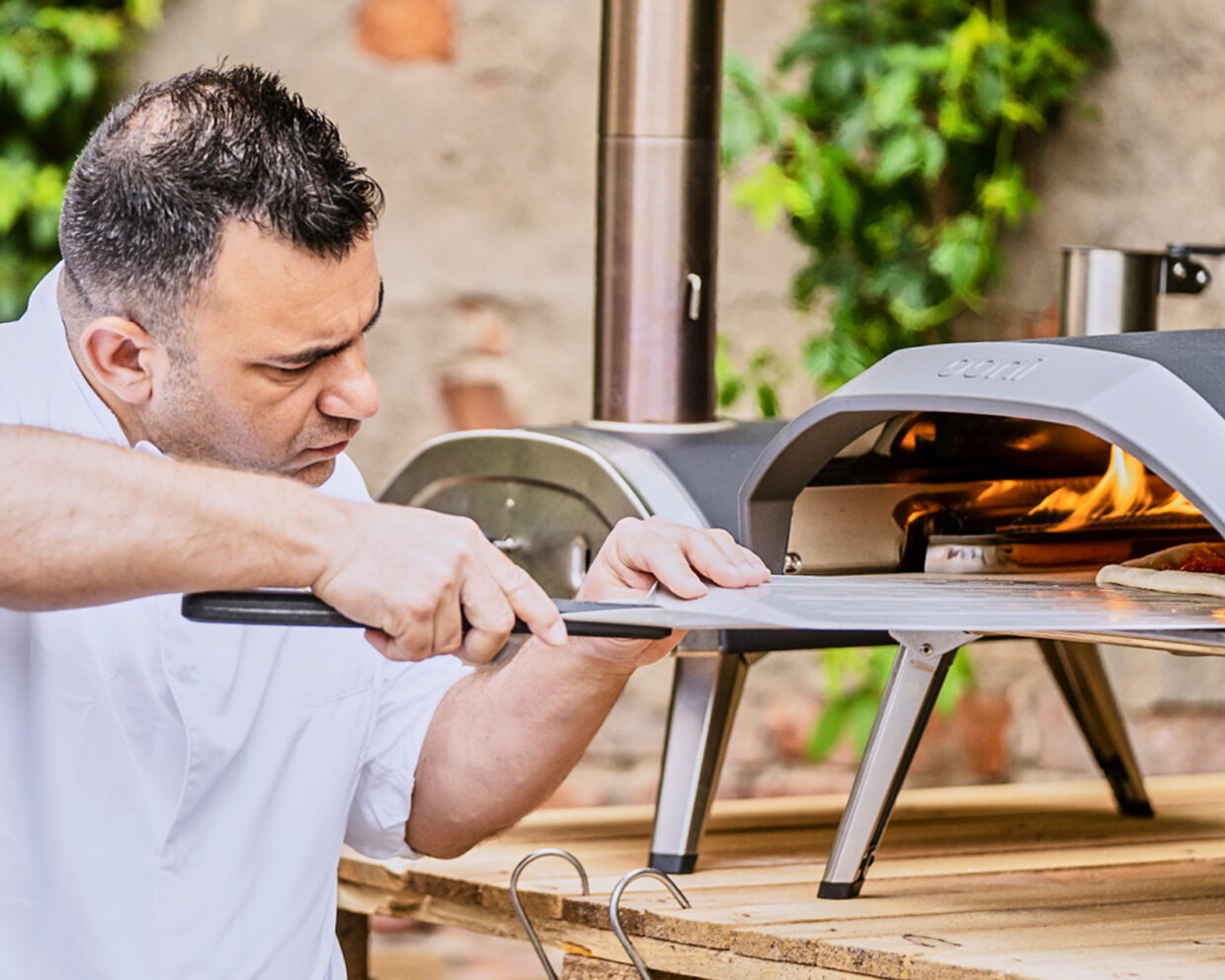
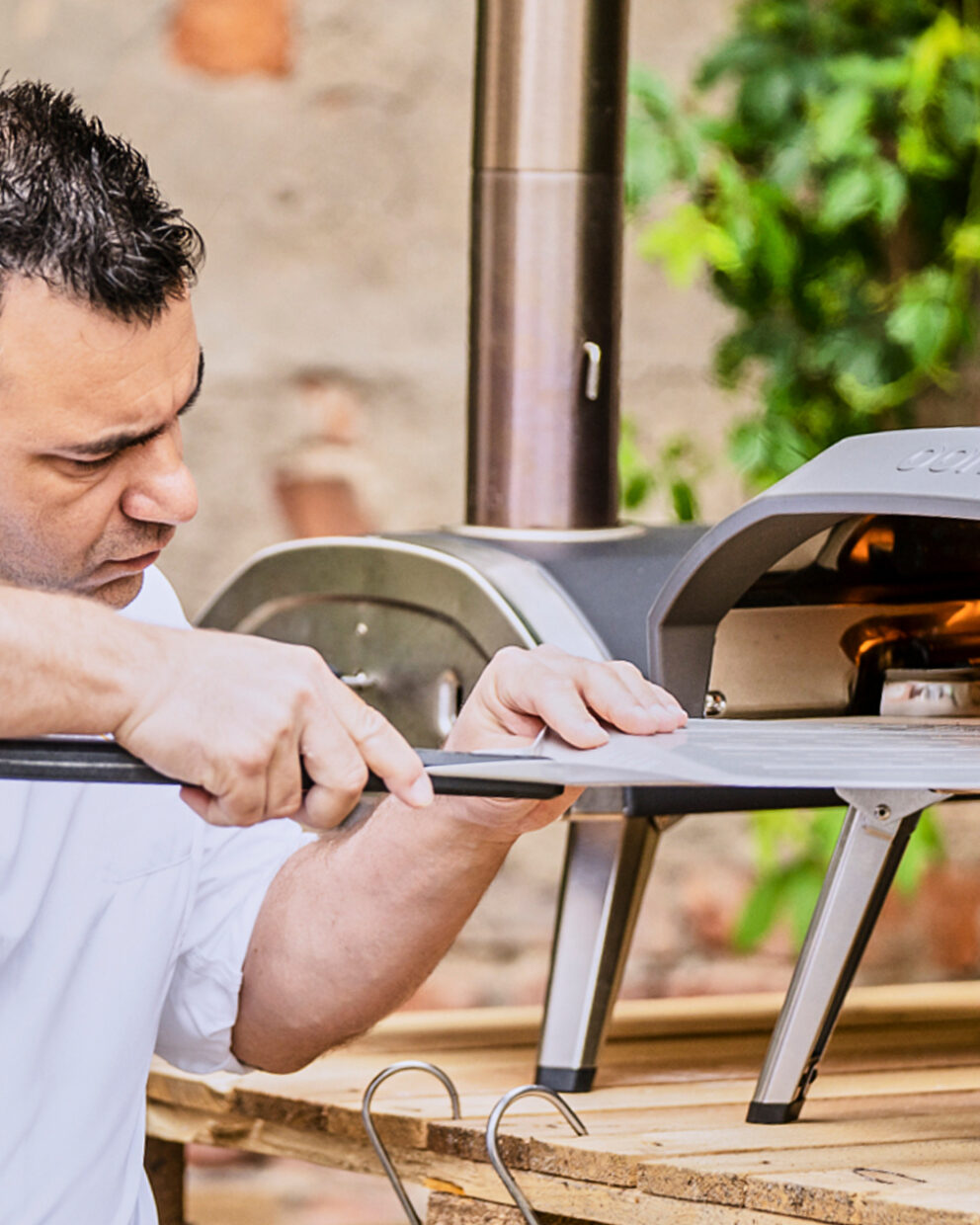


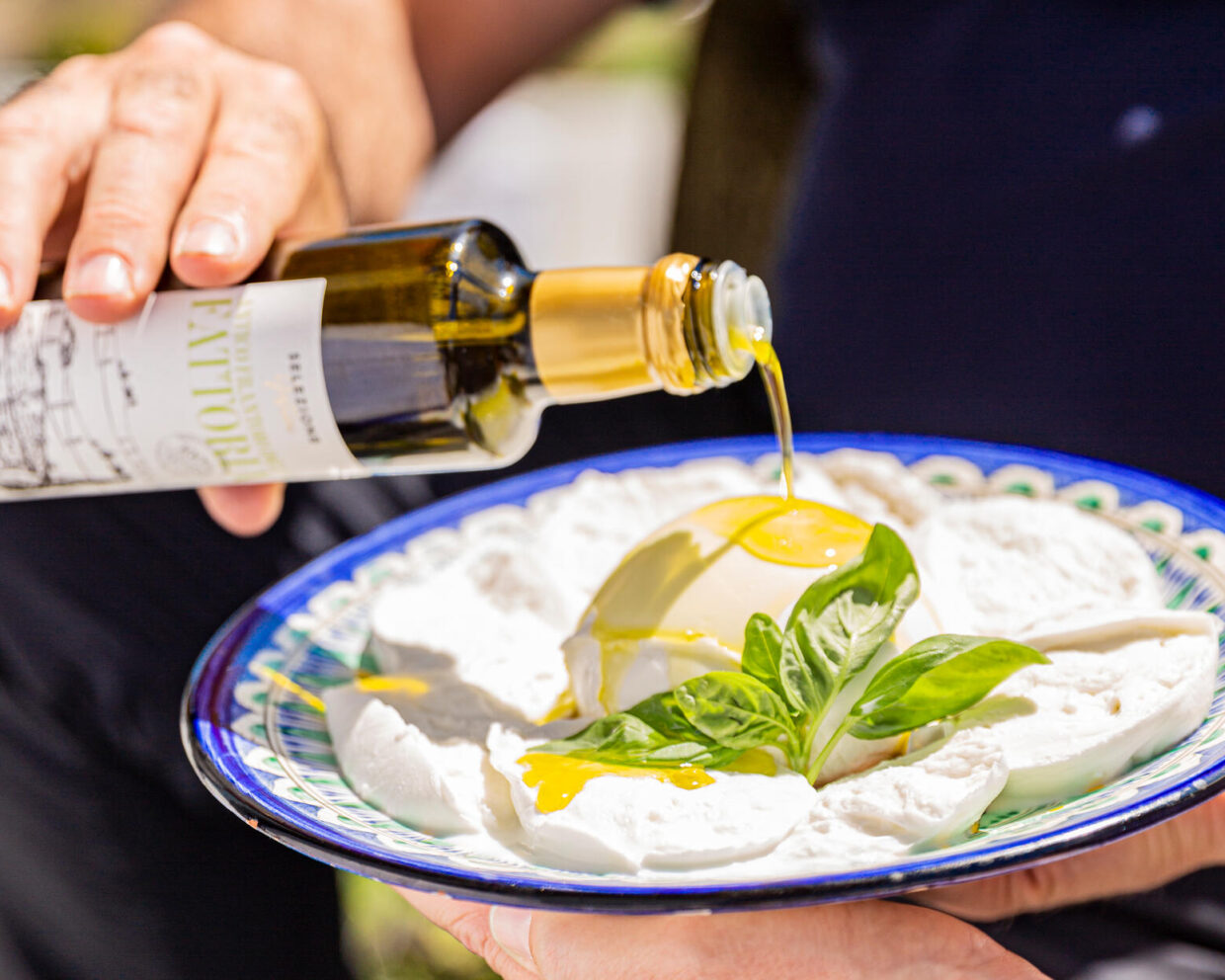
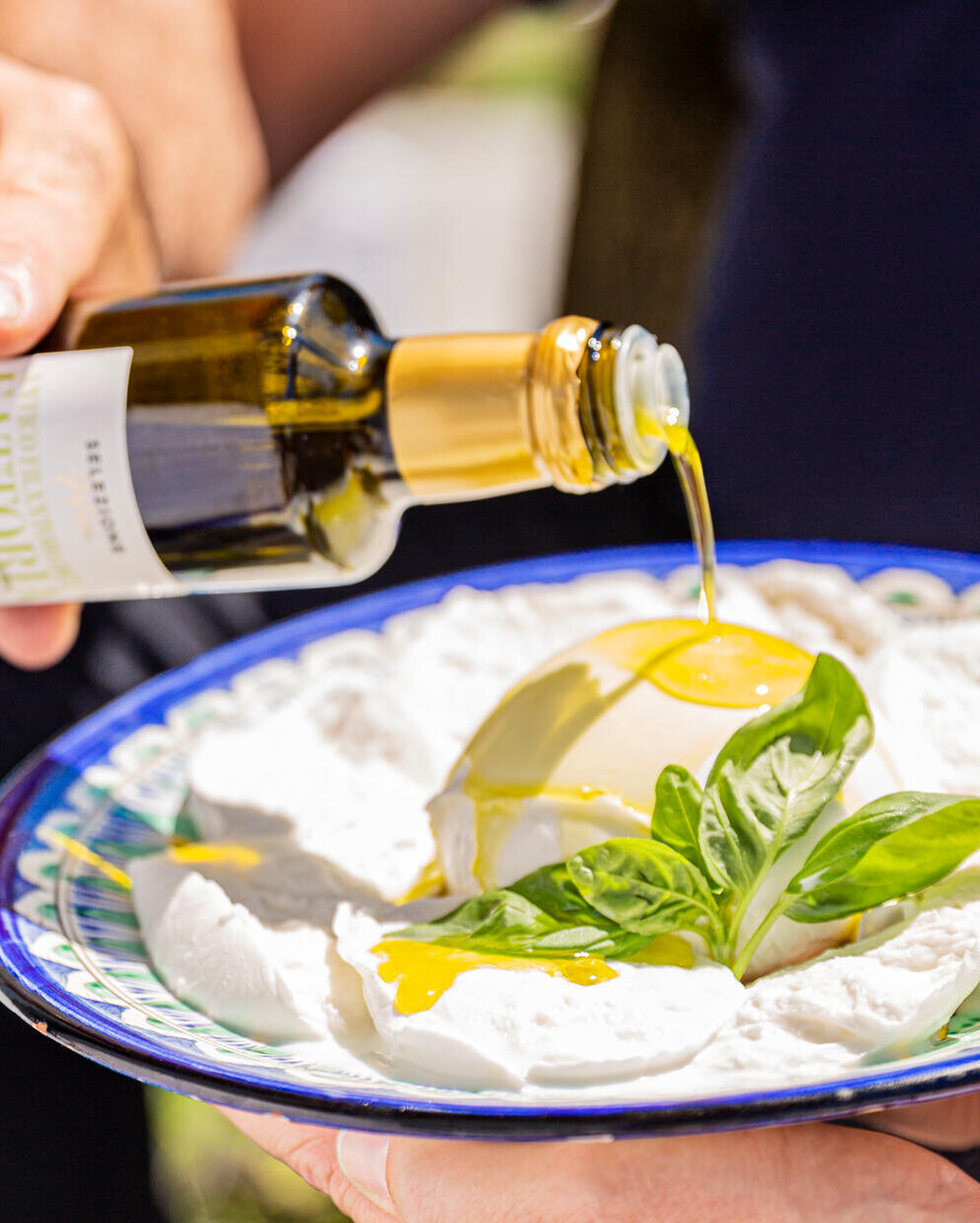


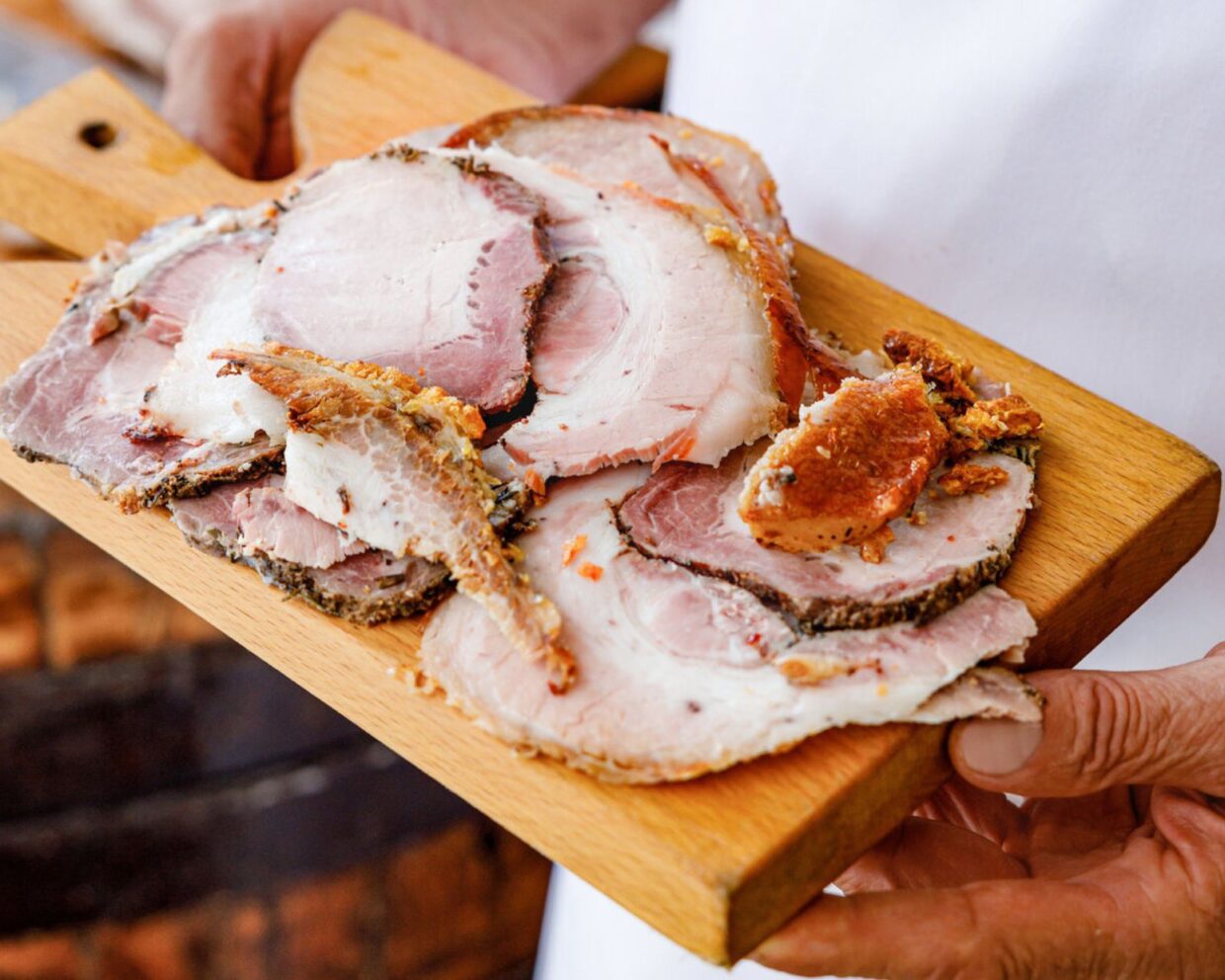
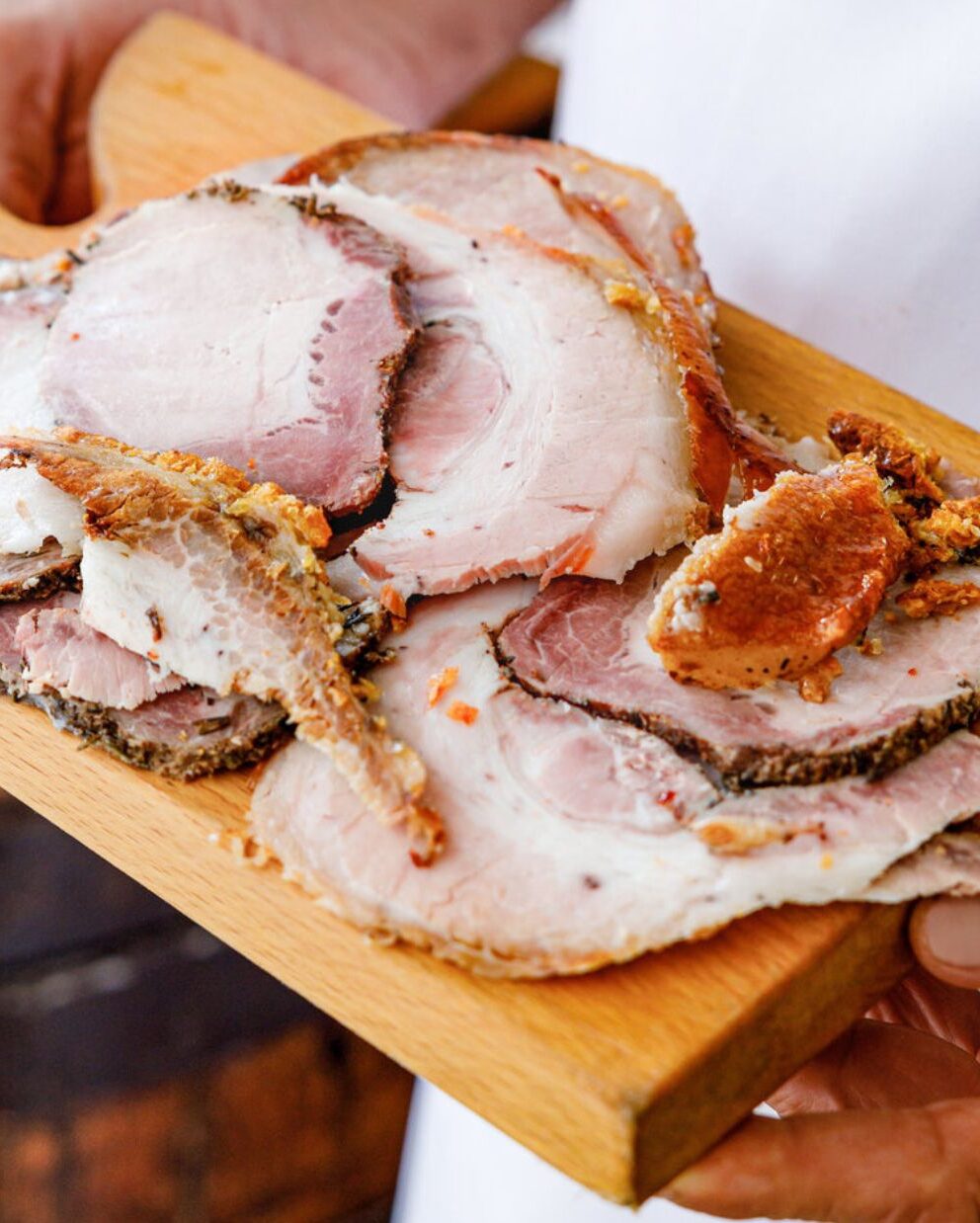


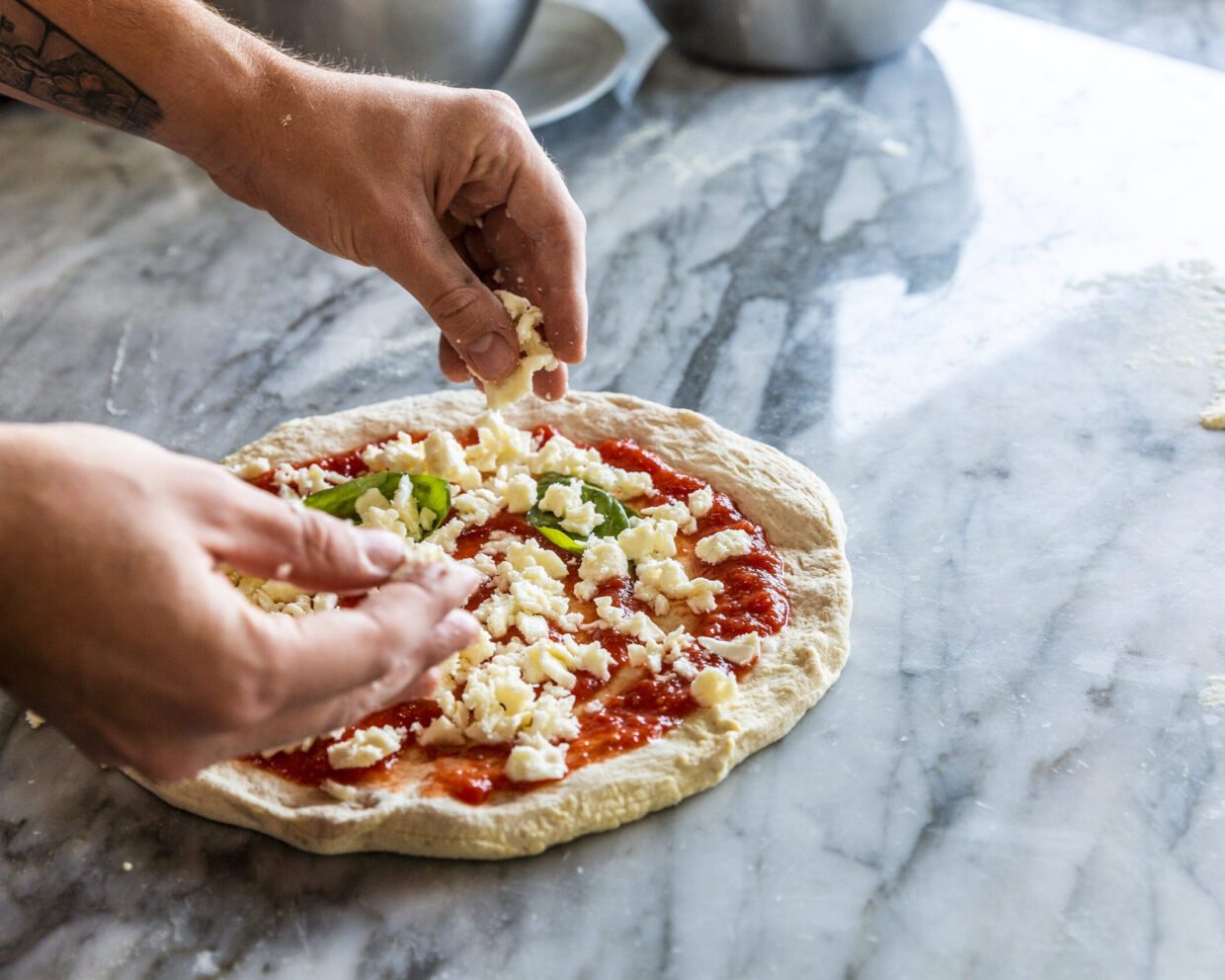
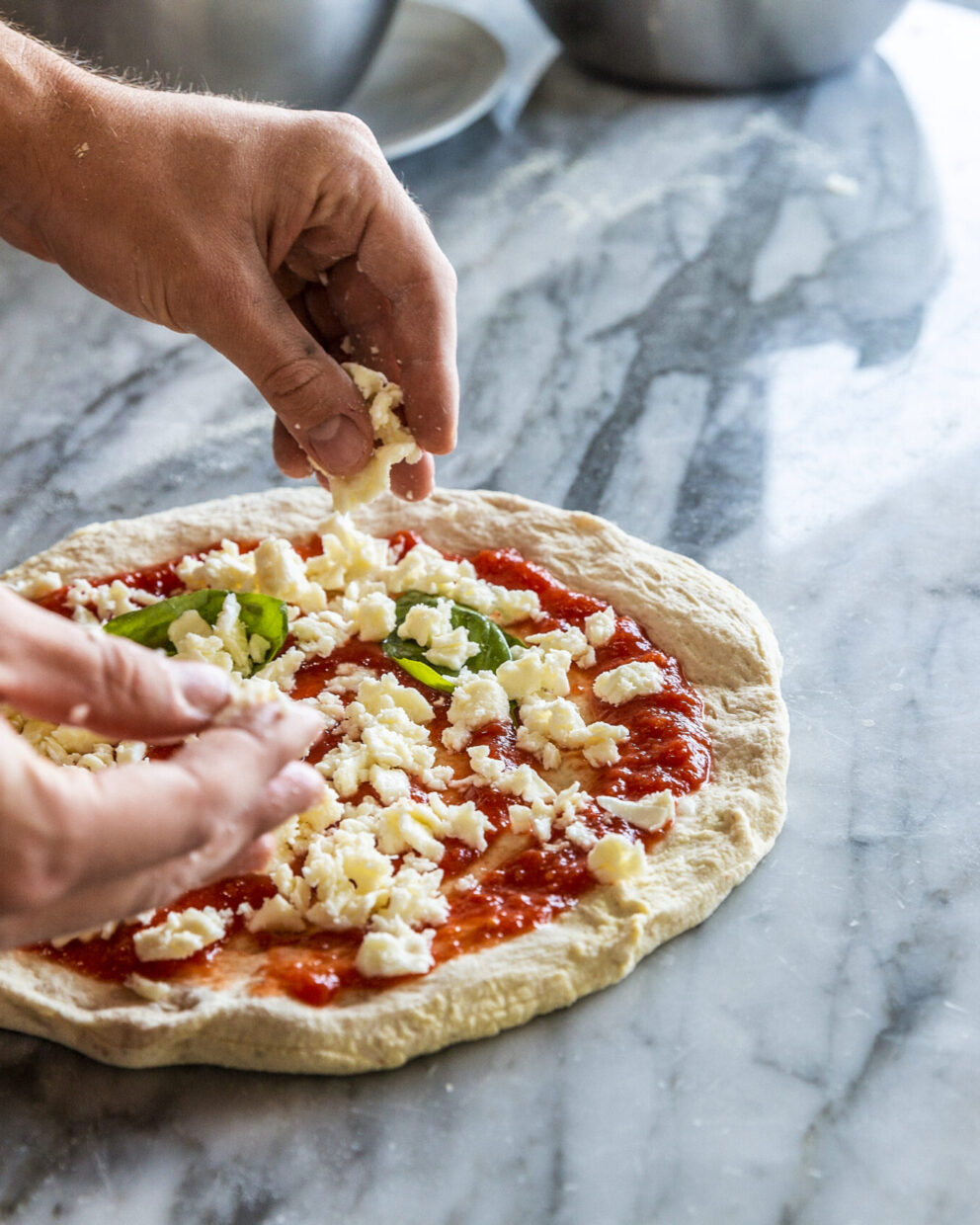
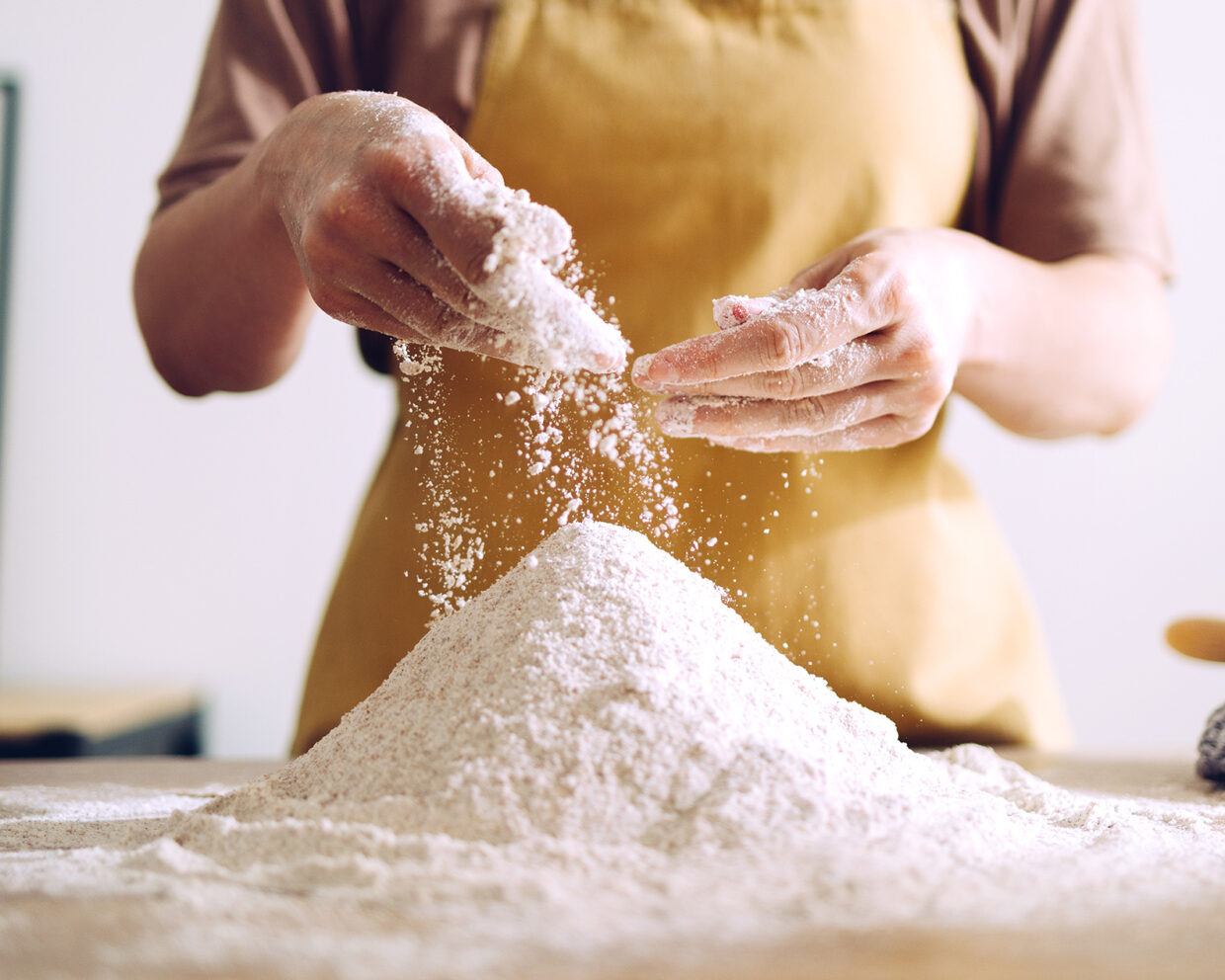
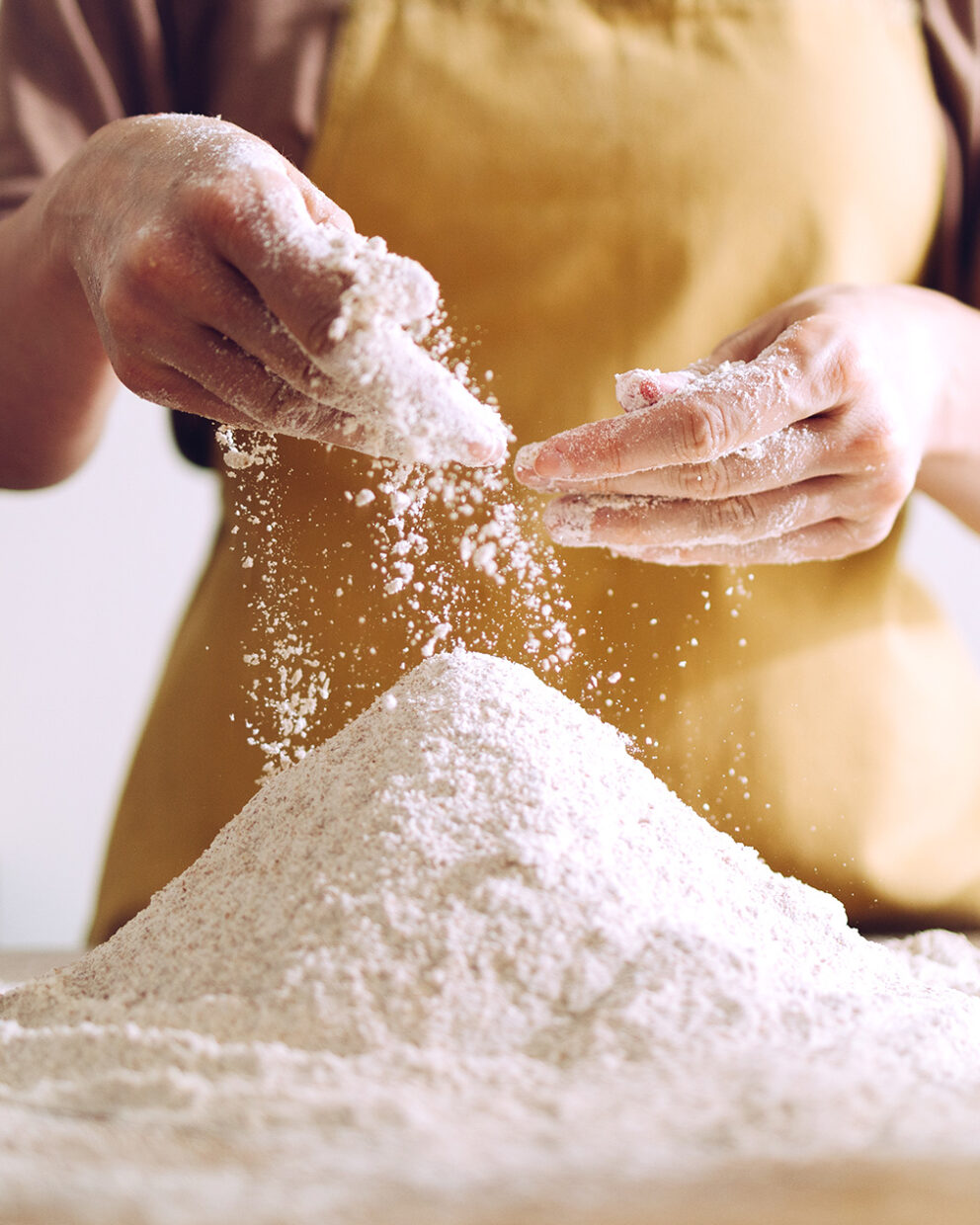
Want to share your thoughts? We're excited to hear what you think of the article. Tell us about your ideas, tips or questions! Leave a comment and share your knowledge with the community. Your opinion counts.
Write a comment